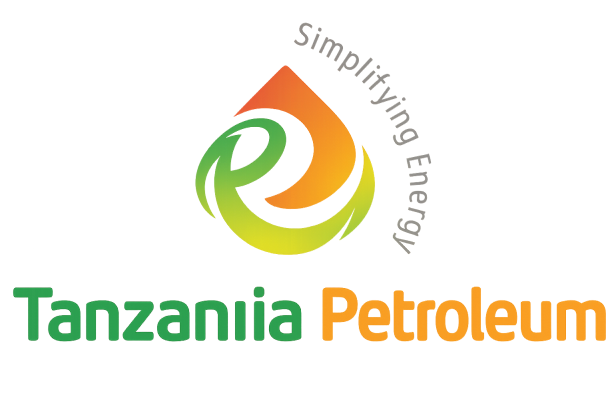Tanzania’s energy landscape is shifting—and for petrol station operators, this shift isn’t a distant trend. It’s happening now. While traditional fuel sales face margin pressure and growing competition, LPG distribution is emerging as growth opportunity that can improve station profitability.
Here’s why forward-thinking operators are rethinking their business models:
1. Demand Is Growing Faster.
According to world bank’s 2023 report , the number of Tanzanians using clean cooking solutions has been gradually increasing from 1.5 percent in 2010 to 6.9 percent in 2021.
A station that integrates LPG distribution can tap into a rapidly growing market, creating a new revenue stream alongside traditional fuel.
2. Policy that promote LPG adoption.
The Tanzanian government has prioritized LPG as a cleaner alternative to wood and charcoal. The National Energy Policy of 2015 recommends the exploration of possibilities for fuel switching from charcoal and firewood to other forms of energy such as compressed natural gas (CNG), liquefied petroleum gas (LPG), and electricity.
This plan aim to increase adoption of LPG across the country. Operators who understand these regulatory nuances can position themselves ahead of competitors and capture market share before saturation occurs.
Read also: Future-Proof Your Petrol Station: Integrating EV Charging Without Killing Cash Flow
3. Ancillary Services Multiply Returns.
Operators who pair LPG with other additional services such car wash, shops, and digital payment solutions consistently outperform peers. In fact, industry data shows that ancillary revenue can contribute up to 30% of total station income when combined with strategic fuel and LPG offerings.
4. Strategic Location Is Critical.
The highest ROI comes from stations located near commercial centers, and high-traffic transit corridors. Unlike urban fuel-only stations, LPG-enabled sites in semi-urban areas face lower competition and can quickly establish brand dominance in a fast-growing segment.
5. Operational Excellence Wins.
Margin protection in LPG requires disciplined supply chain management, inventory monitoring, and compliance adherence. Operators who integrate smart logistics, predictive stock management, and staff training not only improve profitability—they build credibility and investor interest.
The Bottom Line:
For petrol station decision makers, LPG is more than an add-on; it’s a strategic lever to diversify revenue, capture untapped demand, and future-proof operations. Those who act now will not only enhance margins—they will define market leadership in Tanzania’s next energy chapter.
The opportunity is clear: Will your next investment position your station as a market leader in LPG, or will you wait for the competition to catch up?






